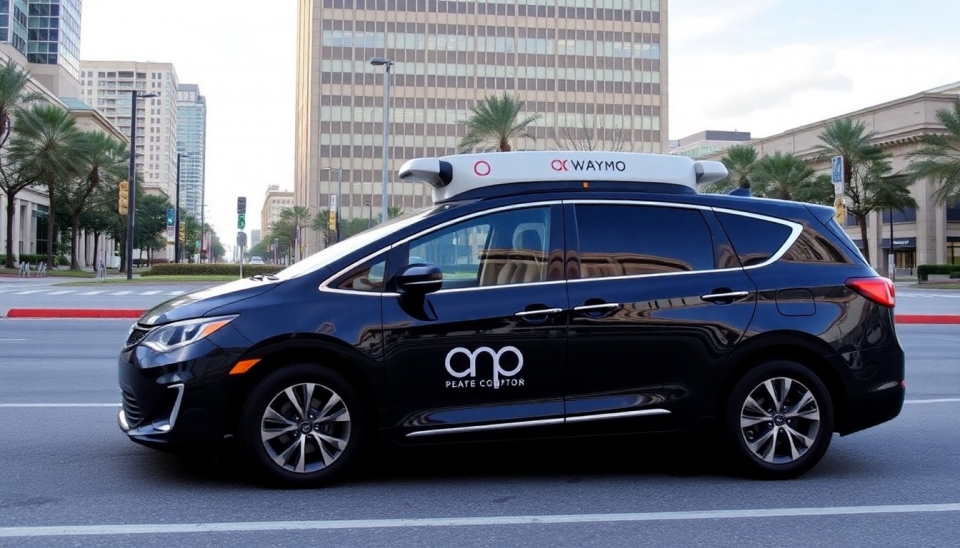
In a significant development for rideshare drivers in New York City, Uber and Lyft have announced major changes to their pay structures and lockout policies that will impact thousands of gig workers. As these changes are poised to go into effect in the coming weeks, many drivers are expressing concerns over their livelihoods and the long-term effects on the industry.
Both rideshare giants have come under increasing scrutiny as a result of rising operational costs and decreased earnings for drivers. In response, Uber and Lyft have pledged to implement new measures aimed at enhancing driver compensation, but there are mixed reactions from drivers regarding the effectiveness of these proposals.
The new compensation plan includes a minimum earnings guarantee, which will require both Uber and Lyft to pay drivers a set wage per trip. This wage will be designed to cover basic expenses, ensuring that drivers are not left to shoulder the burden of additional costs related to fuel and vehicle maintenance. Furthermore, the companies are expected to make adjustments to surge pricing models, increasing potential earnings for drivers during peak demand times.
However, the announcement is met with skepticism from many in the driver community. Numerous drivers have reported issues with lockout policies that tether them to the platform under stringent conditions, complicating their ability to engage with alternative work. These lockouts can last from several hours to a full day, leaving drivers unable to earn income during that time. Critics argue that without a resolution to these lockout policies, improvements in pay alone may not adequately address the broader challenges faced by gig workers.
Additionally, organizations advocating for driver rights have expressed the need for enhanced job security and benefits. Many drivers fear the implications of being classified as independent contractors rather than employees, which strips them of vital protections and benefits commonly afforded to traditional workers. The current landscape creates a precarious situation where drivers may remain trapped in a cycle of low pay and instability.
In response to increasing media attention and driver grievances, both Uber and Lyft are expected to hold forums where drivers can voice their concerns and provide feedback on the proposed changes. The discussions will be essential in shaping future policies and determining how the rideshare companies will evolve in an ever-changing market landscape.
As these policies unfold, it remains critical for drivers to remain vigilant and proactive in advocating for their rights and fair compensation. The outcome of these changes could serve as a precedent not only for New York City but also for rideshare drivers across the nation.
In summary, the introduction of new pay structures by Uber and Lyft reflects a growing awareness of the challenges faced by rideshare drivers in New York City. However, without addressing issues surrounding lockouts and classification as independent contractors, it remains to be seen whether these changes will truly benefit the workforce.
As drivers anticipate the arrival of these new policies, they are prepared for what could be a turning point in the rideshare industry, with more visible actions likely to follow as the conversations around gig work continue to evolve.
#Uber #Lyft #NYCDrivers #GigEconomy #Rideshare #DriverRights #MinimumWage #LockoutPolicy #FairPay
Author: Liam Carter




